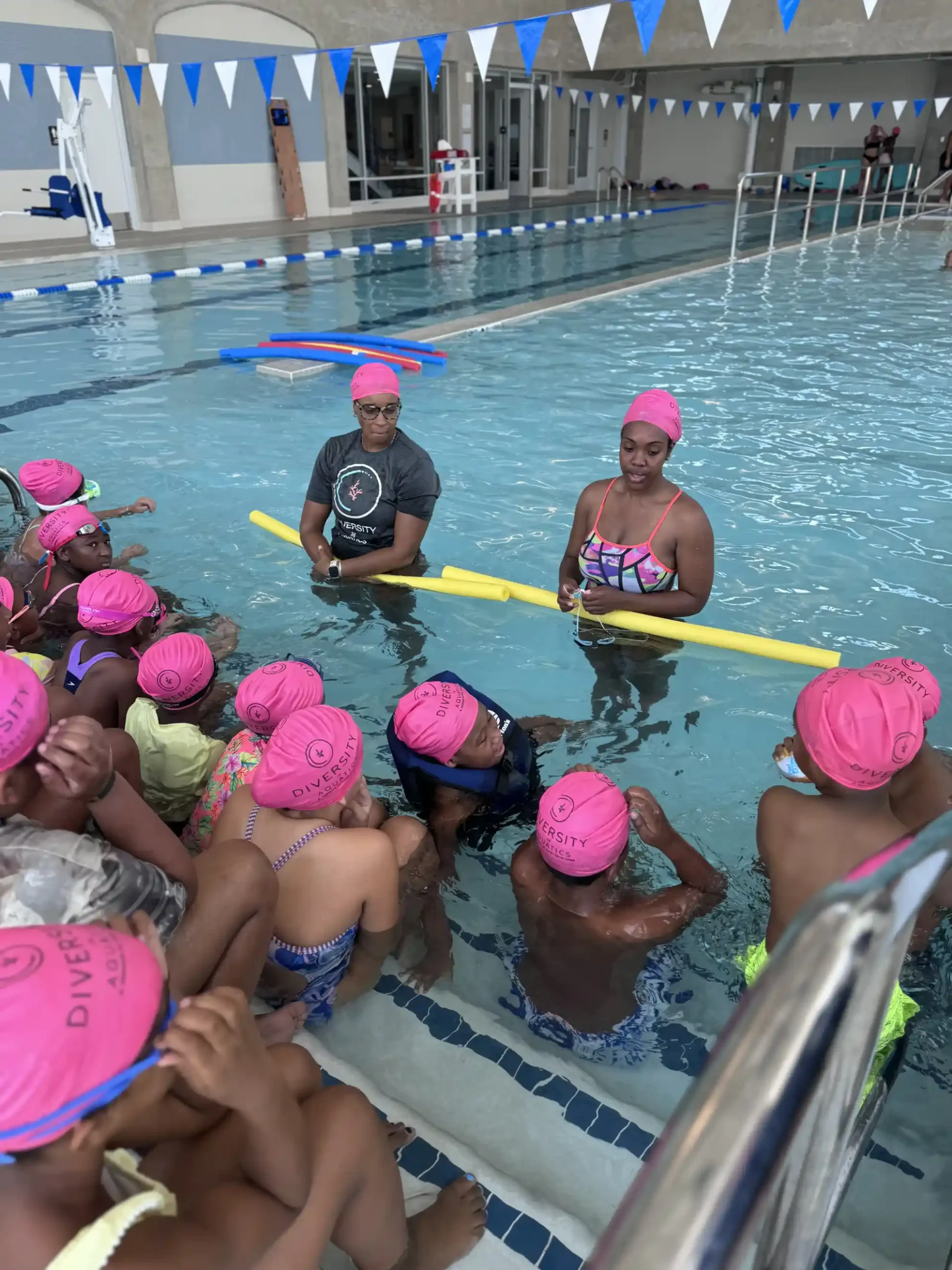Practicing Water Safety at the Pool
Swimming pools offer a place of joy, recreation, and exercise—but they also come with inherent risks. Drowning remains one of the leading causes of accidental death, particularly among children, underscoring the importance of strict safety measures. Pool safety is about more than just accident prevention; it ensures an enjoyable, inclusive, and secure environment for all swimmers.
Whether you're a parent, guardian, community leader, or pool operator, here are ten essential safety tips and guidelines to help you foster a safer aquatic space.
Pool safety is essential for all individuals, regardless of age or swimming ability. It provides peace of mind and enables swimmers to relax and enjoy the water without fear. Accidental drownings and injuries continue to highlight the urgent need for preventative measures and widespread education.
Ensuring safety also means recognizing and addressing disparities in access and competency—especially among historically underserved communities. Safety must be seen as a shared responsibility, with community leaders, caregivers, and educators working together to uphold protective practices around pools.
Supervision is the single most important factor in preventing pool-related accidents. Constant adult oversight is essential, especially for young children and inexperienced swimmers. Designate a responsible adult as the pool "watcher" and ensure they avoid distractions like mobile phones or reading.
In public pools, trained lifeguards are a non-negotiable asset. Their ability to respond swiftly in emergencies can make the difference between life and death. In private settings, ensure that at least one CPR-certified adult is present during swim times.
Tips for Supervision:
Trained professionals and vigilant adults dramatically reduce the risk of injury or drowning, creating a safe and reassuring environment for all.
Establishing and enforcing clear pool rules sets expectations and minimizes confusion. These rules should be clearly posted around the pool area and understood by everyone—from frequent swimmers to occasional guests.
Common Pool Rules:
By encouraging rule-following behavior, you create a culture of safety and respect. Consistent enforcement is key—rules only work when they're taken seriously and applied fairly.
Every pool area must be equipped with accessible safety equipment to ensure rapid response in emergencies. Lifesaving gear should be regularly inspected for functionality and visible to everyone on-site.
Essential Equipment Includes:
Barriers like fences and alarms help prevent unauthorized access, particularly by young children. High-quality pool covers and door sensors add an extra layer of protection when the pool is not in use.
Knowing how to react during a pool emergency can save lives. All supervisors and poolside personnel should receive training in basic first aid and CPR.
Tips for Emergency Preparedness:
Quick action can minimize the severity of injuries and prevent fatalities. Regular training and drills help ensure that everyone knows their role in an emergency.
Here are a few more tips that round out the top 10 pool safety measures:
5.1. Prioritize Swimming Lessons and Water Competency
Enroll children and non-swimming adults in lessons. Promote water confidence and self-rescue techniques as core life skills.
5.2. Maintain Pool Hygiene and Water Quality
Check pH and chlorine levels regularly. Clean and filter water to prevent illness.
5.3. Use Appropriate and Safe Swimwear
Avoid loose clothing that may snag or hinder movement in water.
5.4. Encourage the Buddy System
Never swim alone. Having a partner enhances safety, especially for children.
5.5. Review and Update Safety Practices Regularly
Conduct periodic audits, gather feedback, and adapt safety measures to stay current.
Pool safety is not a one-time checklist—it’s a continuous commitment to protection, education, and inclusivity. By adopting these guidelines and fostering a culture of preparedness, we can create aquatic environments where everyone feels welcome and secure.
Through shared responsibility and proactive strategies, we can inspire a future where pools are not only places of recreation but also models of community care and safety.
Lifeguards are highly trained and crucial for public pools, offering immediate response during emergencies.
Yes. Accidents can happen to anyone, regardless of skill level.
Basic rules include no running, no diving in shallow areas, and always swim with an adult.
Install fences with self-latching gates, alarms, and pool covers
No. Use U.S. Coast Guard-approved life jackets instead.
CPR can sustain a life until professional help arrives. Training is recommended for all supervisors.
At least monthly. Ensure everything is accessible, complete, and functioning.
Offer accessible entry points, culturally responsive programming, and multilingual signage.
Remain calm, assess the situation, and administer first aid or CPR while calling emergency services.
Join or support programs like Water Safety Ambassador initiatives that spread awareness and education.
